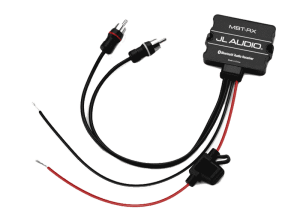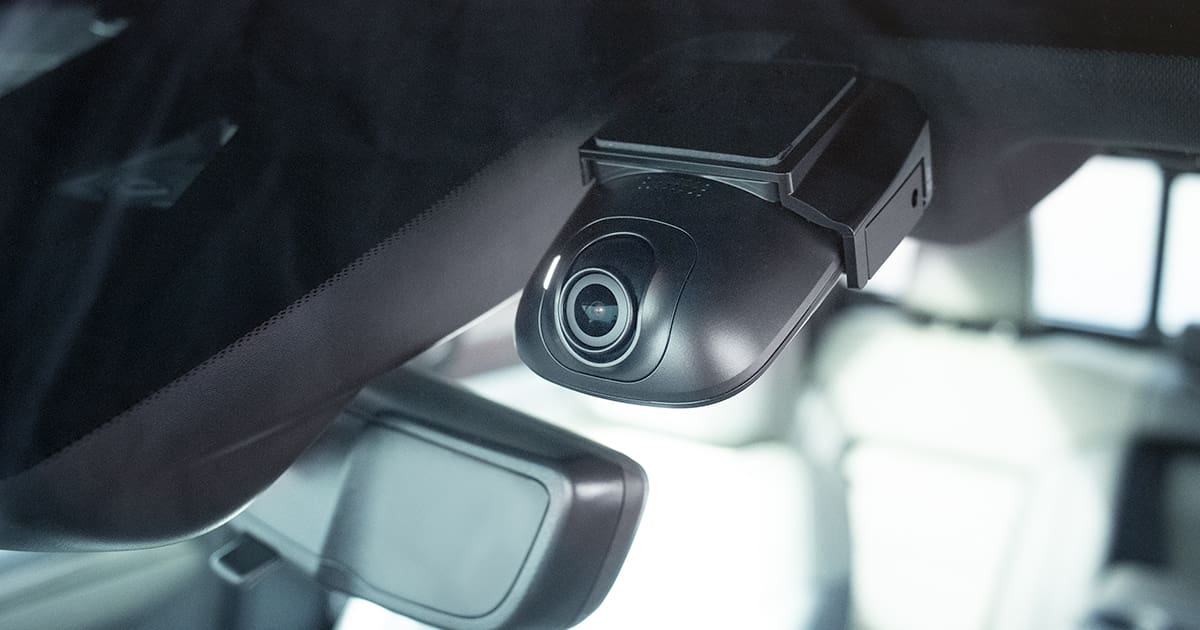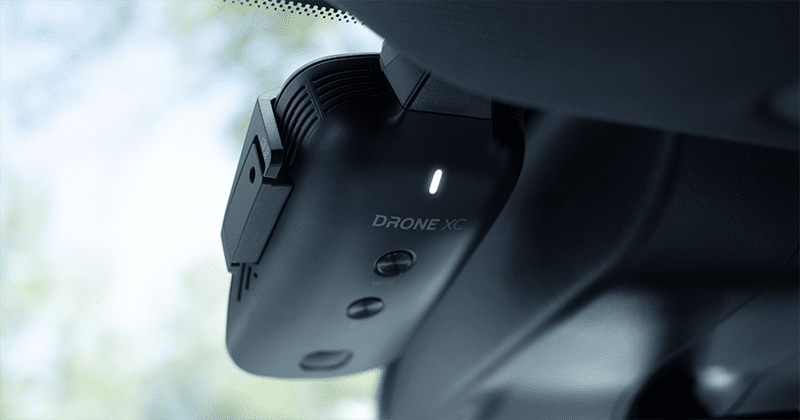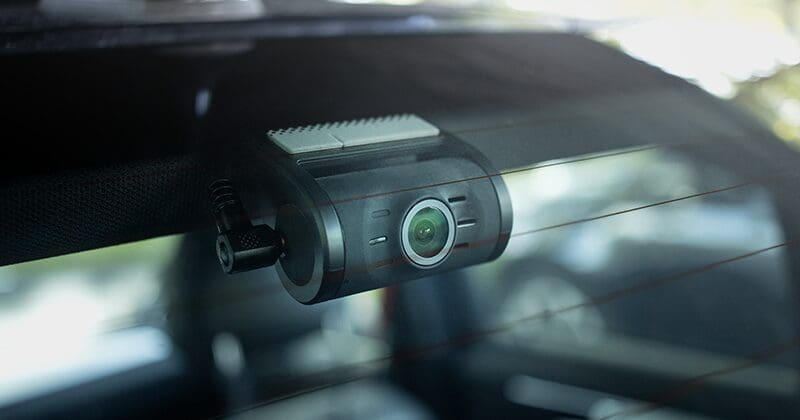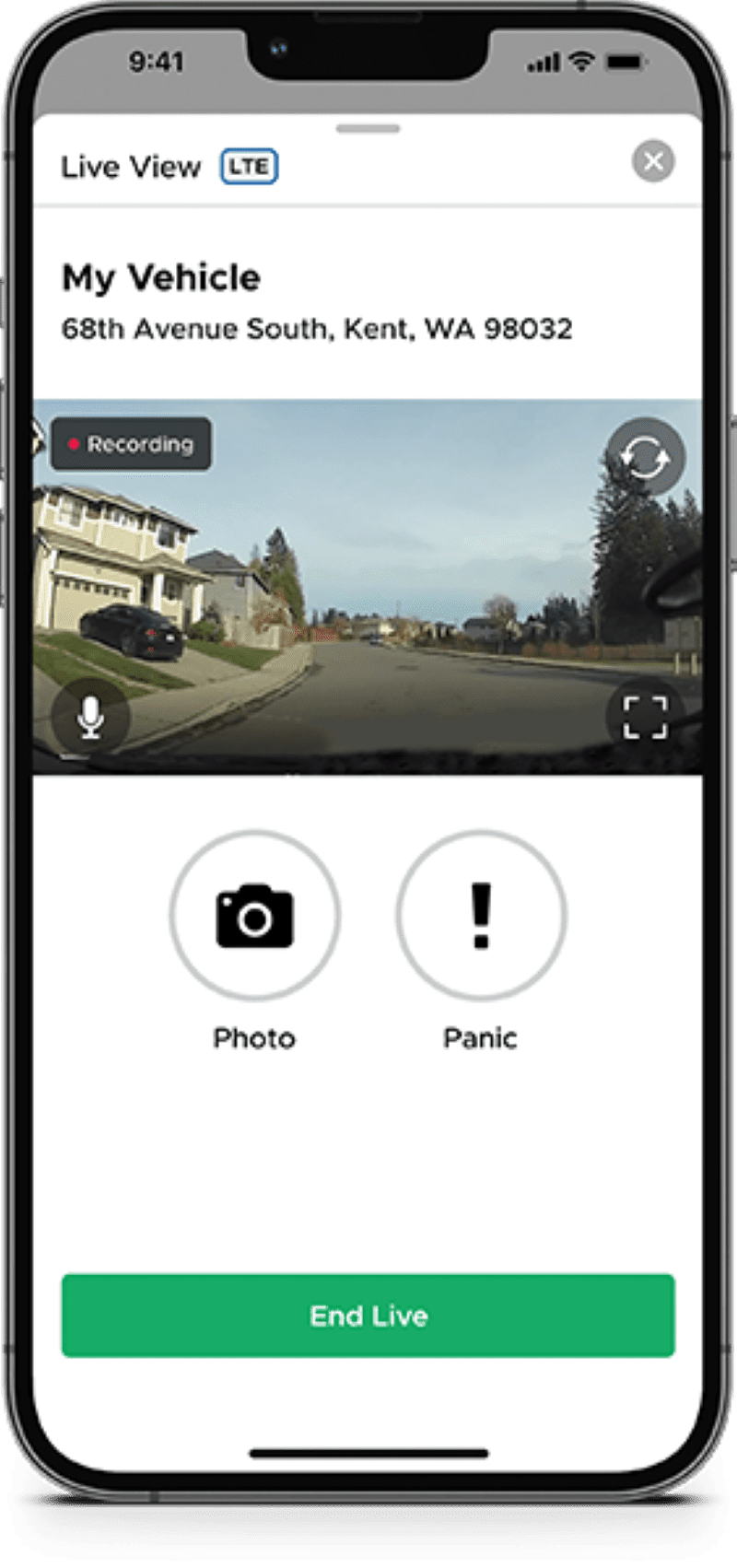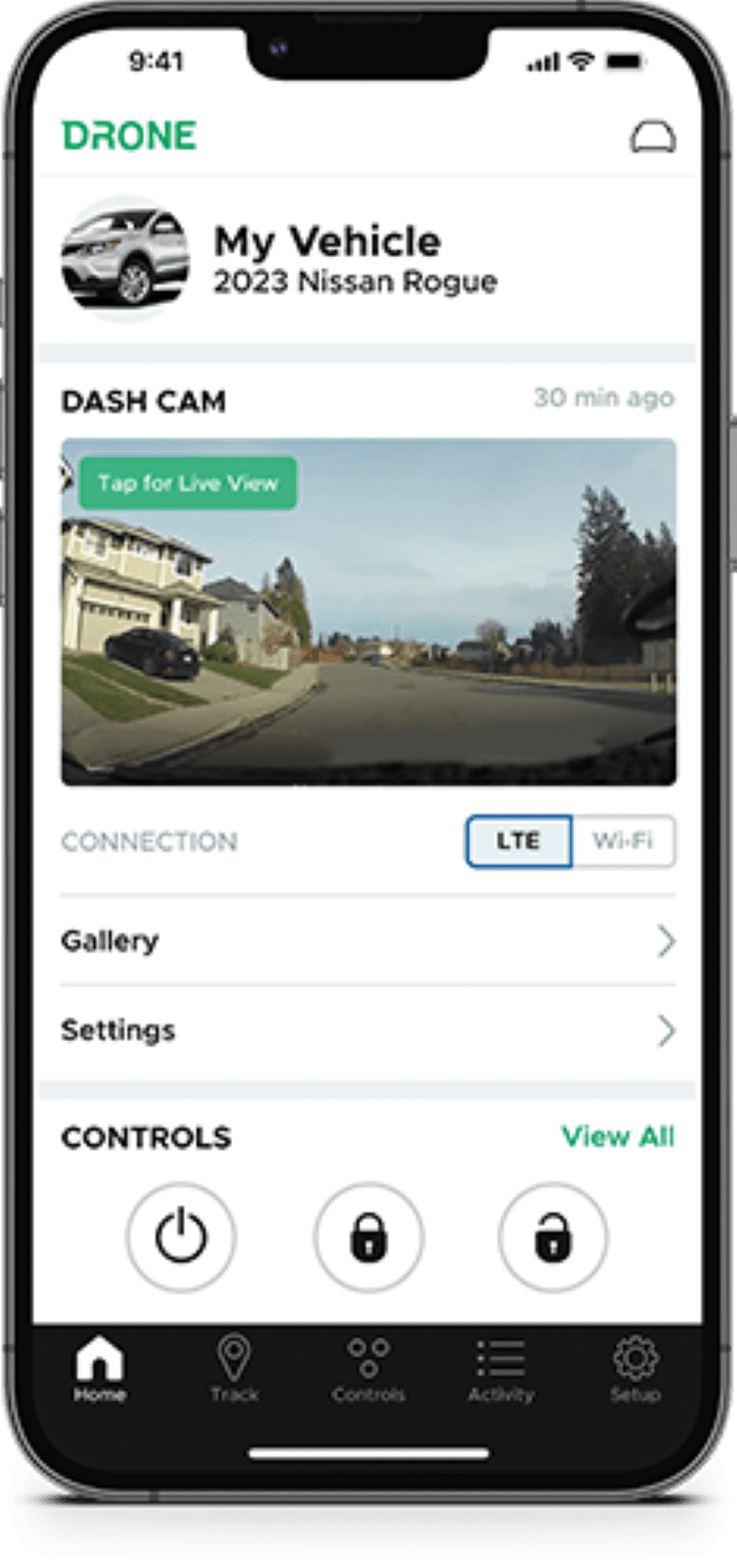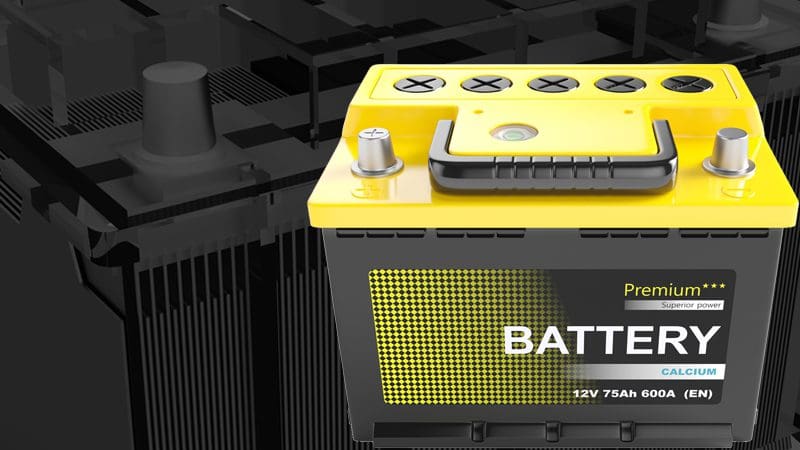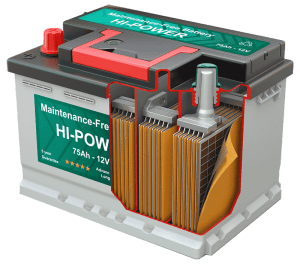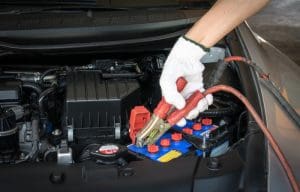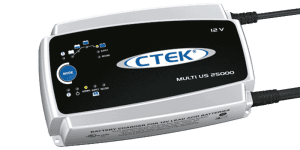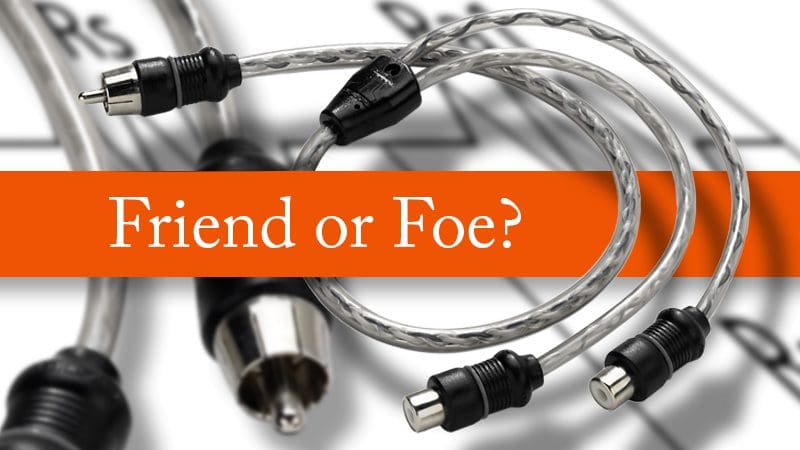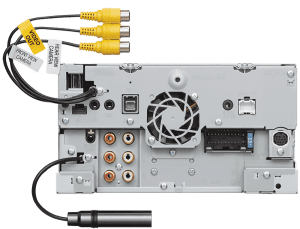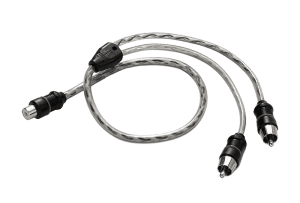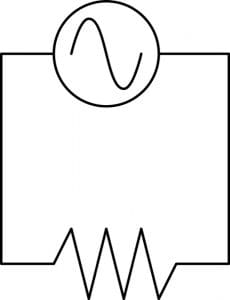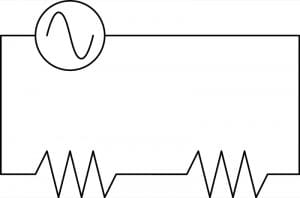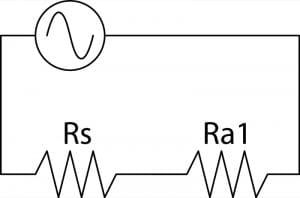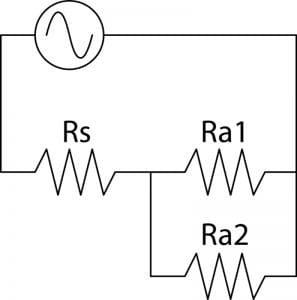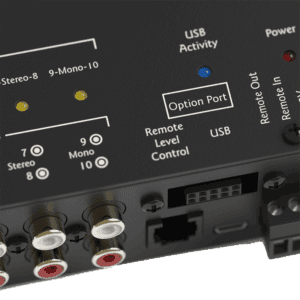 Now that the weather is great all across the country, motorcycle enthusiasts have a chance to get their bikes out and go for a ride – but many riders complain that the factory audio systems on their bikes don’t sound as good as they’d like. There are several reasons why, and a few relatively easy ways to upgrade these systems. A proper motorcycle audio system upgrade will include at least two components – an amplifier and a new set of motorcycle audio speakers. This article highlights a few things to look for when shopping for new motorcycle speakers.
Now that the weather is great all across the country, motorcycle enthusiasts have a chance to get their bikes out and go for a ride – but many riders complain that the factory audio systems on their bikes don’t sound as good as they’d like. There are several reasons why, and a few relatively easy ways to upgrade these systems. A proper motorcycle audio system upgrade will include at least two components – an amplifier and a new set of motorcycle audio speakers. This article highlights a few things to look for when shopping for new motorcycle speakers.
Mother Nature is a Challenge
Unlike in a vehicle, when you are riding your motorcycle, your speakers are exposed to the elements. Sun, water, sand, dirt and debris are natural obstacles that can harm your speakers. When you are shopping for a new set of motorcycle audio speakers, you want to look for ones that are completely weather-resistant.

Water-resistant – Most speakers are made of plastics and metal. Within the motor structure of the speaker are ceramic or neodymium magnets bonded to ferrous metal plates. These metal plates must be protected from exposure to water. When it comes to coaxial speakers, there has to be a seal between the woofer cone and the tweeter post. If this seal does not exist, then water can get into the motor assembly and cause corrosion. In the marine speaker market, a test known as ASTM B117 exposes speakers to a salt fog spray to test for corrosion or material failure. If your speakers have this rating, you know you will have the reliability you are looking for to last for years.
Dust-resistant Design – Following the same theme as the requirement for water resistance, a motorcycle audio speaker should be able to operate reliably when dusty or dirty. A few specks of sand wedged between the voice coil former and the tweeter post of a coaxial speaker can wreak havoc on the performance of the system.
UV Exposure-rated – You want to look for a speaker that is constructed with materials that can withstand UV exposure. These plastics will not chalk, fade, crack or degrade, even after years of direct sun exposure. Having your speaker cones or surrounds fall apart after a few years on your bike is a frustrating experience. To confirm that the speakers you want to use are up to the challenge, look for ASTM D4329 testing. This test exposes the products to years of UV and heat exposure in a short amount of time. If they pass this test, you can trust they will work will on your bike.
Motorcycle Audio Systems Need Power
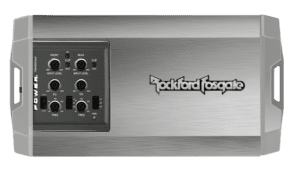 To reproduce your music at a volume level that can drown out the wind and overcome the noise of a loud exhaust, you need power. Adding an amplifier to your bike is a necessity to achieve adequate performance. Your new speakers have to handle the power from your amp.
To reproduce your music at a volume level that can drown out the wind and overcome the noise of a loud exhaust, you need power. Adding an amplifier to your bike is a necessity to achieve adequate performance. Your new speakers have to handle the power from your amp.
The voice coil is the motor of your speaker. It converts the electrical signal from your amplifier into a magnetic field that pushes or pulls the speaker cone forward or backward. If you are sending a lot of power to the voice coil, it has to be physically large enough to dissipate the heat that is generated. Look for large-diameter voice coils; they act like the radiator in your car.
Can Looking at the Tweeter Tell Me Anything?
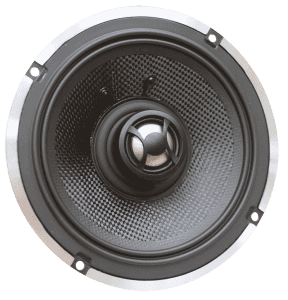 There are some strong stereotypes associated with hard- and soft-dome tweeters. Many say that hard, metal dome tweeters sound harsh and that soft-dome tweeters sound smooth and laid back. After listening to thousands of speakers, we can tell you that as many examples of each type of tweeter confirm this theory as oppose it.
There are some strong stereotypes associated with hard- and soft-dome tweeters. Many say that hard, metal dome tweeters sound harsh and that soft-dome tweeters sound smooth and laid back. After listening to thousands of speakers, we can tell you that as many examples of each type of tweeter confirm this theory as oppose it.
No one single material selection can determine what a speaker sounds like. Every component in a speaker works as part of a system. The cone, surround, spider, voice coil and magnet structure all have an important role in determining the resulting performance of a speaker. The only way to know how a system sounds is to listen to it. That said, choosing materials that offer weather resistance and long-term reliability is crucial.
Where to Buy Your Motorcycle Audio Upgrades
We have seen many people buying bolt-on audio system upgrades at shows like Bike Week or Thunder Beach Fall Rally. The people selling products at these events may even offer to install them right at the show. Convenience and instant gratification are wonderful, but what happens when it comes to after-sales support? What if a speaker fails? What if you take the kit home and something doesn’t fit? You will have to track down the vendor and, unless they are local to you, pay someone to remove and replace the failed component.
When you deal with a dedicated retailer with a “brick and mortar” storefront, you know you will have the after-sales support that you want and deserve. If you have a question or concern, or decide you want additional upgrades, your retailer is there to support you every day.
Stick to the Big Names
If someone approached you at a cruise and said, “Hey, I designed these cool tires in my basement, do you want to try them?” – what would be your response? Unless this last person’s last name is Dunlop or Pirelli, you are going to be skeptical. That is a good thing.
You bought a Honda Goldwing, BMW K1600, or Harley-Davidson Road Glide or Street Glide because you are confident in the process that those manufacturers have put into developing and testing their products. Decades of engineering, design and innovation produce increasingly reliable and higher-performing products each year. Audio components are the same. A small company can go to Asia and have its name put on an order of speakers, but does anyone know what you are getting for your money?
 Dealing with a reputable brand ensures that you will have product support long after the sale is complete. You are getting the latest technologies for incredible performance. FEA design analysis, Klippel testing, fanatical quality control and continued research are all hallmarks of dealing with a premium brand. Why take a risk with your audio investment?
Dealing with a reputable brand ensures that you will have product support long after the sale is complete. You are getting the latest technologies for incredible performance. FEA design analysis, Klippel testing, fanatical quality control and continued research are all hallmarks of dealing with a premium brand. Why take a risk with your audio investment?
Upgrade Your Motorcycle Audio System Today
When it is time to upgrade your existing audio system or add a new system to your motorcycle, visit your local mobile electronics specialist retailer. They have the products and experience to design an audio system that will sound great and be reliable for years to come.
This article is written and produced by the team at www.BestCarAudio.com. Reproduction or use of any kind is prohibited without the express written permission of 1sixty8 media.




